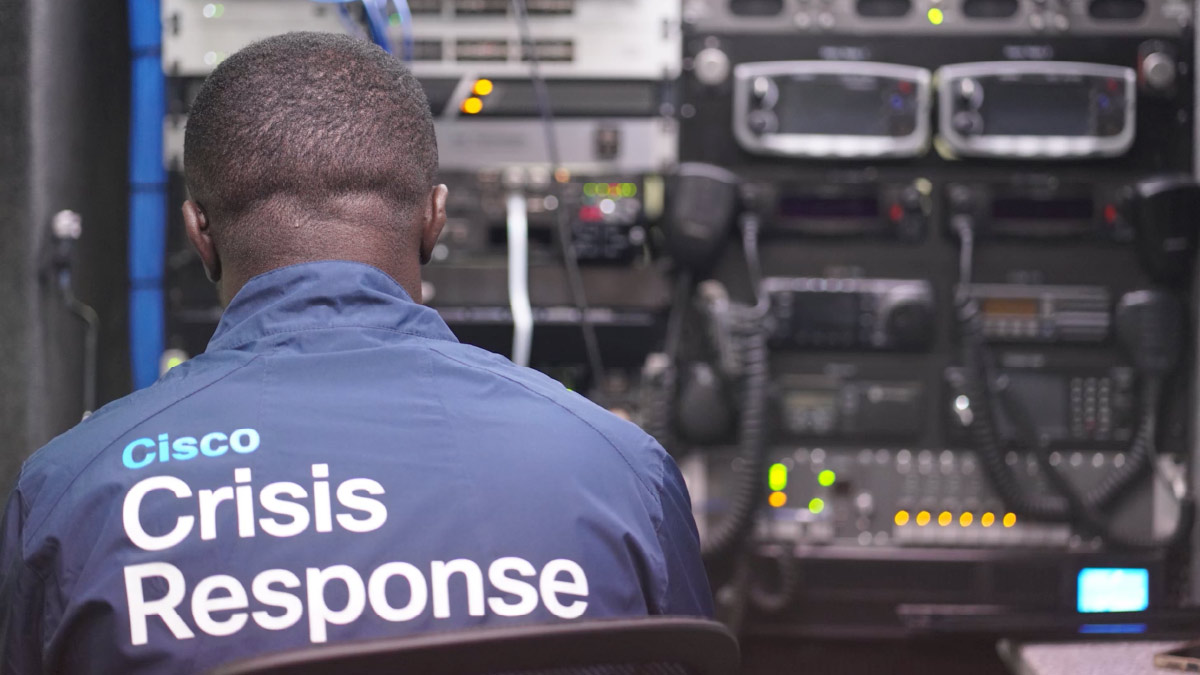MENLO PARK, Calif., Feb. 28, 1994 -- The first switching productdesigned specifically for the workgroup, enhancing workgroup LANperformance without requiring modifications to client and server software,has been introduced by Cisco Systems as part the
The new Catalyst workgroup switch offers desktop computer usersimproved performance for their existing shared 10-megabit-per-second LANsand a way to access their application servers or core enterprise routers at100-Mbps Copper Distributed Data Interface/Fiber Distributed Data Interface(CDDI[TM]/FDDI) speeds. By dedicating a separate Ethernet LAN to eachworkgroup client, and giving each of those Ethernets access to a CDDI orFDDI ring on which the group's application server sits, Catalyst solves theproblems that have begun to plague users as workstation CPU power hasincreased and led to congestion on shared workgroup 10Base-T Ethernet LANs.
Catalyst is the first product resulting from technology Cisco obtainedthrough the
Catalyst is the first intelligent workgroup switch on the market thatenhances client-server workgroup performance without requiring costly andtime-consuming modifications to desktop client systems and servers.
"Most vendors have approached the issue of heterogeneous LANtranslation connectivity via brute-force methods that don't adhere to FDDIformat standards such as IEEE 802 LLC [Logical Link Control] and SNAP[Sub-Network Attachment Point]," said Michael Francini, Cisco's productline manager for the Catalyst family.
"Without adherence to standards, users have to modify their clientsoftware -- for example, by altering the network operating system or driversoftware -- and/or their server software -- perhaps by `hobbling' aprotocol to function in a manner that could end up crippling overallnetwork performance."
In contrast, Cisco's unique Automatic Packet Recognition andTranslation (APaRT) technology recognizes and converts a variety ofEthernet protocol formats into industry-standard CDDI/FDDI formats. With nochanges needed in either client or server end-stations, the Catalystsolution can provide an easy migration to 100-Mbps server access whilepreserving the user's investment in existing shared 10Base-T LANs.
The Catalyst switch technology and Cisco's multiprotocol routertechnology will complement each other in many networks, Francini added."Catalyst will help augment the stability and security of routing byincreasing effective bandwidth from the backbone to the desktop."
Catalyst uses advanced ASIC technology and a MIPS family RISC processorto direct traffic between client workstations without blockingcommunication with other workstations. This level of performance virtuallyeliminates collisions and provides full 10-Mbps bandwidth to each desktop.
Catalyst offers eight 10Base-T ports, expandable almost limitlessly byusing multiples of the stackable units. Connection to 100-Mbps networks ismade simply via a CDDI or FDDI interface, which can be used to extend theworkgroup's reach from 100 meters between wiring closets to 30 kilometersacross campus backbones.
Catalyst workgroup switches can be monitored and managed usingCiscoWorks in conjunction with Cisco'sWorkgroupDirector SNMP-basednetwork management software. The Workgroup Director, which also runs withSunNet Manager, Netview/6000 and HP OpenView applications, displays agraphical representation of Catalyst front-panel indicators. Pop-up menuslet the user examine and control internal Catalyst features -- e.g.,enabling or disabling an Ethernet segment, monitoring statistics onEthernet or FDDI ports, or configuring bridge filter parameters.
Pricing and Availability
The Catalyst workgroup switch begins shipping this month. The unit'sbase price of $9,600 includes eight switched Ethernets. A CDDI A/B optionis priced at $995, an FDDI A/B option at $1,995, and a single-mode FDDI A/Boption at $5,995.



